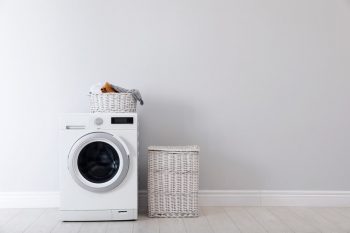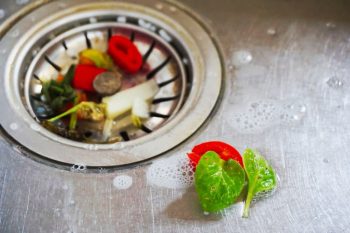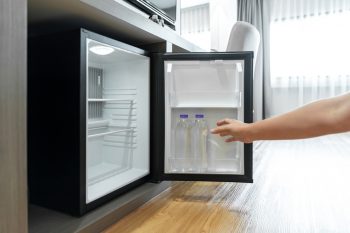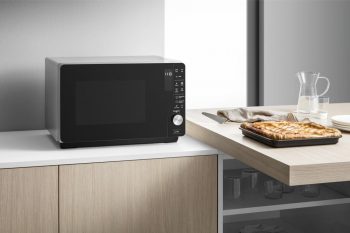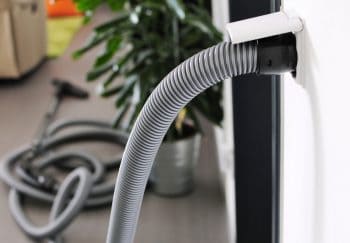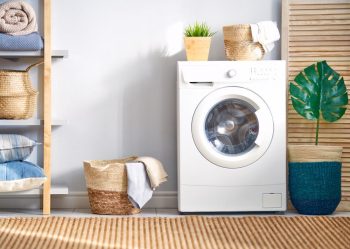
A Sun Joe Pressure Washer is a powerful tool designed to tackle a variety of outdoor cleaning tasks. It’s known for its portability, ease of use, and affordability. One of the main features of this pressure washer is its interchangeable nozzles. But what happens if you need to remove the nozzle, whether for cleaning, replacing, or changing to a different one for a specific task? In this comprehensive guide, we’ll walk you through the steps on how to safely and effectively remove the nozzle from a Sun Joe Pressure Washer.
To remove the nozzle from a Sun Joe Pressure Washer, first, turn off the washer and disconnect it from the power source. Release any built-up pressure by depressing the trigger on the spray wand. Engage the trigger lock to prevent accidental spraying. Then, hold the wand firmly and grip the nozzle with your other hand or a pair of pliers. Push the nozzle slightly inward and twist it counterclockwise to disengage it from the quick-connect mechanism. Pull it away from the wand to remove it entirely.
Why Remove the Nozzle?
There are several reasons why you might need to remove the nozzle from a Sun Joe Pressure Washer:
- Cleaning or unclogging the nozzle: Over time, debris and dirt can accumulate, causing the nozzle to become clogged and reducing its effectiveness.
- Changing the nozzle for different cleaning tasks: Sun Joe Pressure Washers come with multiple nozzles, each designed for specific tasks. Changing the nozzle allows you to customize the pressure output and spray pattern for the job at hand.
- Replacing a damaged or worn-out nozzle: Nozzles can wear out or become damaged over time, affecting the performance of the pressure washer.
- Preventing damage to the pressure washer: Regularly inspecting and replacing nozzles can help prevent damage to other parts of the pressure washer, which could lead to costly repairs.
Safety First
Before you start, ensure that you have the proper protective gear. This includes wearing protective gloves and safety glasses. Always remember to turn off the pressure washer and disconnect it from the power source before starting any maintenance tasks.
Step-by-Step Nozzle Removal
Here’s the step-by-step procedure to effectively remove the nozzle from a Sun Joe Pressure Washer:
- Turn off the pressure washer: Locate the power switch on your pressure washer and turn it off.
- Disconnect the power source: Unplug the pressure washer from the electrical outlet.
- Release the pressure: Depress the trigger on the spray wand to release any built-up pressure within the pump.
- Engage the trigger lock: Lock the trigger on the spray wand to prevent accidental spraying.
- Remove the nozzle: Hold the wand firmly with one hand and grip the nozzle with your other hand or a pair of pliers. Push the nozzle slightly inward towards the wand to release the pressure on the quick-connect mechanism. Then, twist the nozzle counterclockwise while maintaining the inward pressure. This should disengage the nozzle from the quick-connect mechanism, and you can then pull it away from the wand to remove it entirely.
Post-Removal Steps
After removing the nozzle, it’s essential to clean it thoroughly. Rinse the nozzle with clean water to remove any remaining dirt or debris. If the nozzle is damaged or worn, replace it with a new one. You can find replacement nozzles for your Sun Joe Pressure Washer on the manufacturer’s website or at authorized dealers.
To attach a new nozzle or reattach the cleaned nozzle, pull back the collar on the pressure washer wand, insert the nozzle, and release the collar. Ensure the nozzle is securely in place by tugging on it gently.
Final Thoughts
Regular maintenance of your Sun Joe Pressure Washer, including cleaning and replacing nozzles as needed, will ensure its longevity and optimal performance. By following these steps, you can easily remove the nozzle from your Sun Joe Pressure Washer safely and effectively.
Remember to always follow the manufacturer’s instructions and guidelines when performing maintenance tasks on your pressure washer. If you need further assistance, consult your Sun Joe Pressure Washer’s owner’s manual or contact their customer service.
Frequently Asked Questions
What types of nozzles are available for my Sun Joe Pressure Washer?
Sun Joe Pressure Washers typically come with five types of nozzles: 0-degree, 15-degree, 25-degree, 40-degree, and soap. Each nozzle has a different color and is designed for different cleaning tasks. The 0-degree nozzle provides the most powerful, concentrated spray, while the 40-degree nozzle offers a wide, gentle spray. The soap nozzle is used for applying detergent.
How often should I clean or replace the nozzle on my Sun Joe Pressure Washer?
The frequency of cleaning or replacing the nozzle depends on how often you use your pressure washer and the type of tasks you use it for. As a general rule, it’s recommended to inspect the nozzle before each use. If you notice any signs of wear or damage, or if the nozzle is clogged, it’s time to clean or replace it.
Can I use nozzles from other brands on my Sun Joe Pressure Washer?
It’s best to use nozzles specifically designed for Sun Joe Pressure Washers to ensure optimal performance and safety. Using nozzles from other brands may not provide the proper fit or pressure output, and could potentially damage your pressure washer.
What should I do if the nozzle is stuck and I can’t remove it?
If the nozzle is stuck, do not force it. Instead, apply a penetrating oil to the connection and let it sit for a few minutes. Then, try to remove the nozzle again. If you’re still unable to remove the nozzle, contact Sun Joe customer service for assistance.
Can I use my Sun Joe Pressure Washer without a nozzle?
No, it’s not safe to use your Sun Joe Pressure Washer without a nozzle. The nozzle controls the pressure and spray pattern of the water. Using the pressure washer without a nozzle can result in uncontrolled high-pressure water, which can cause injury or damage to surfaces.


